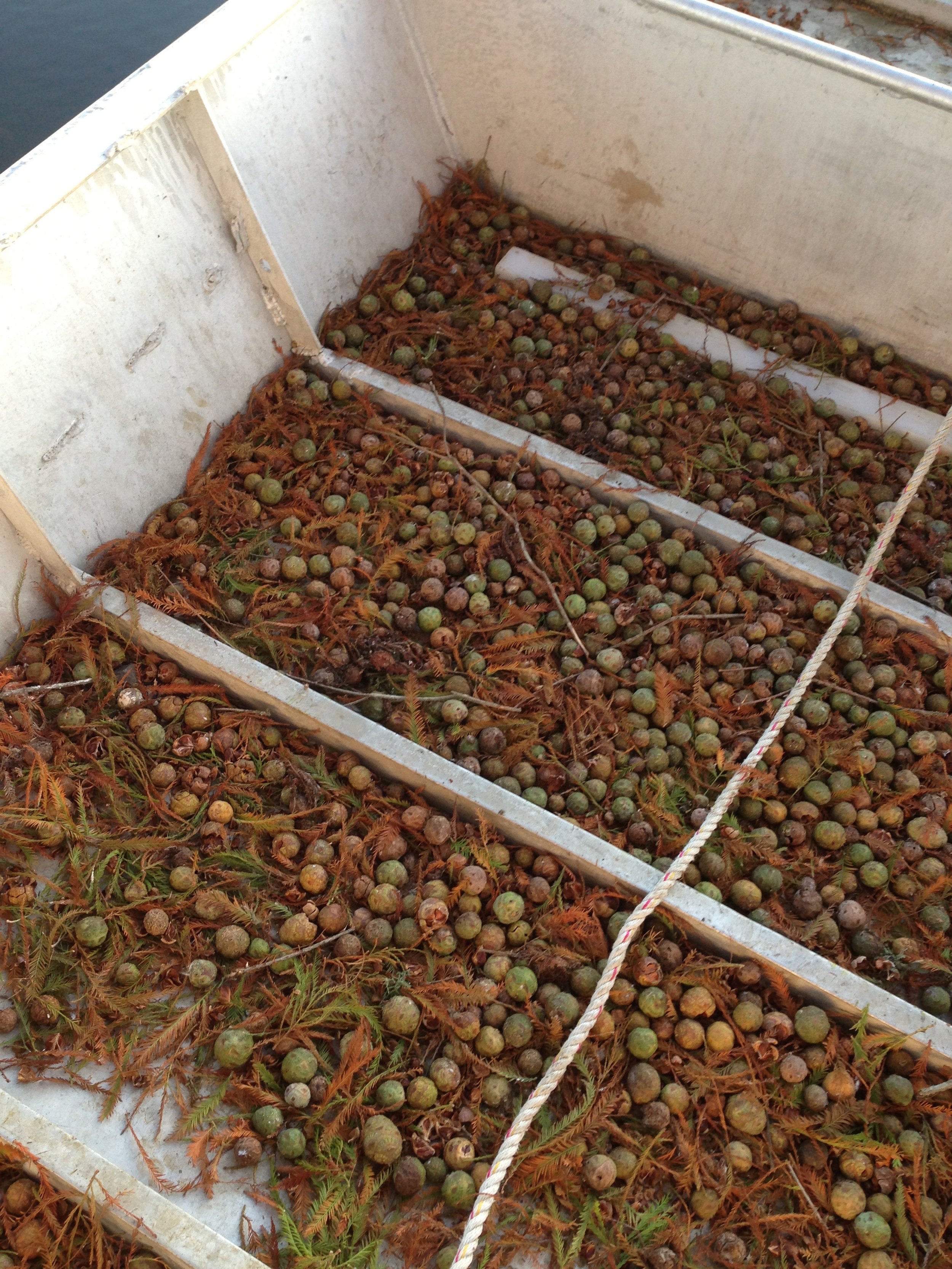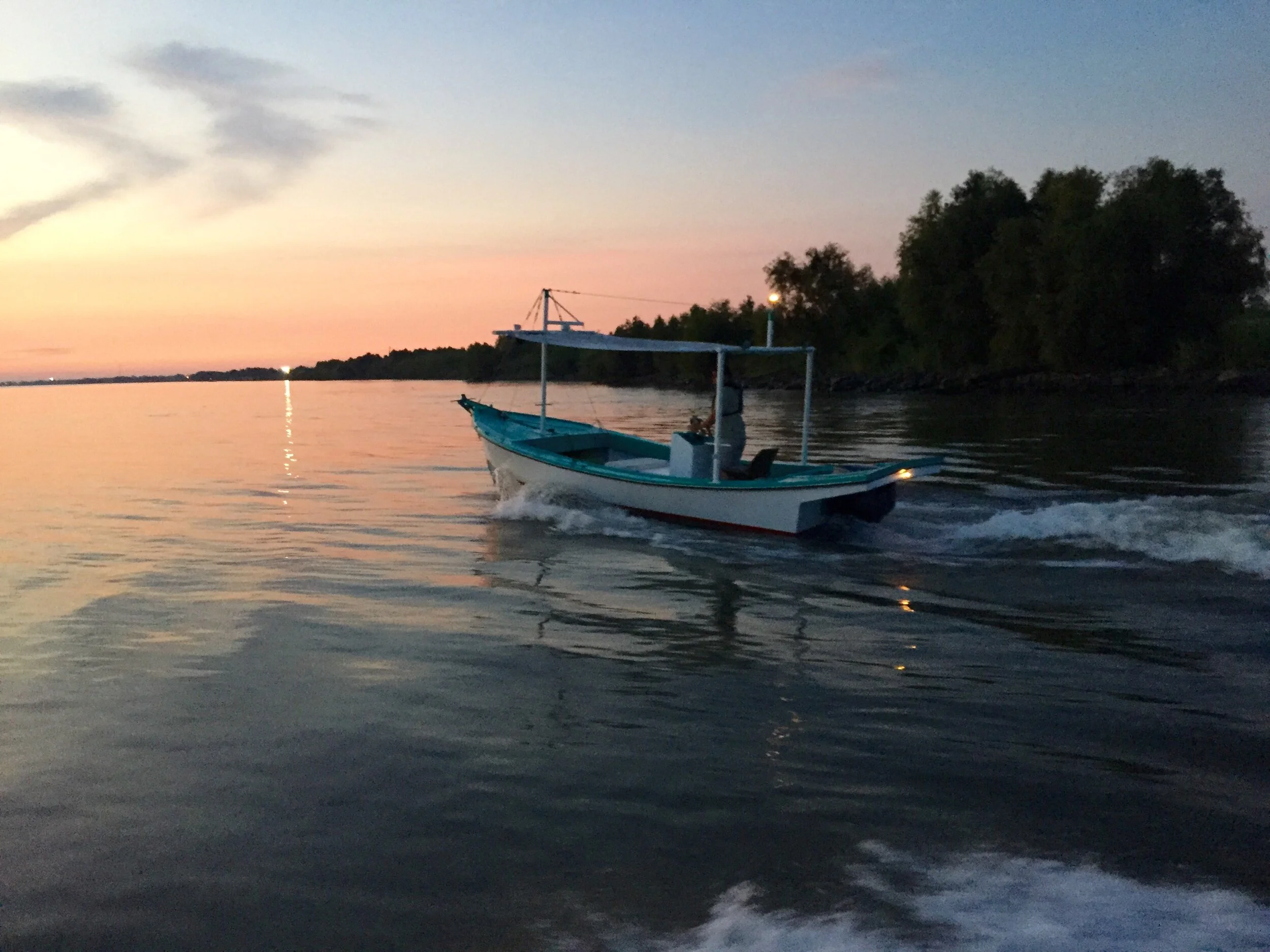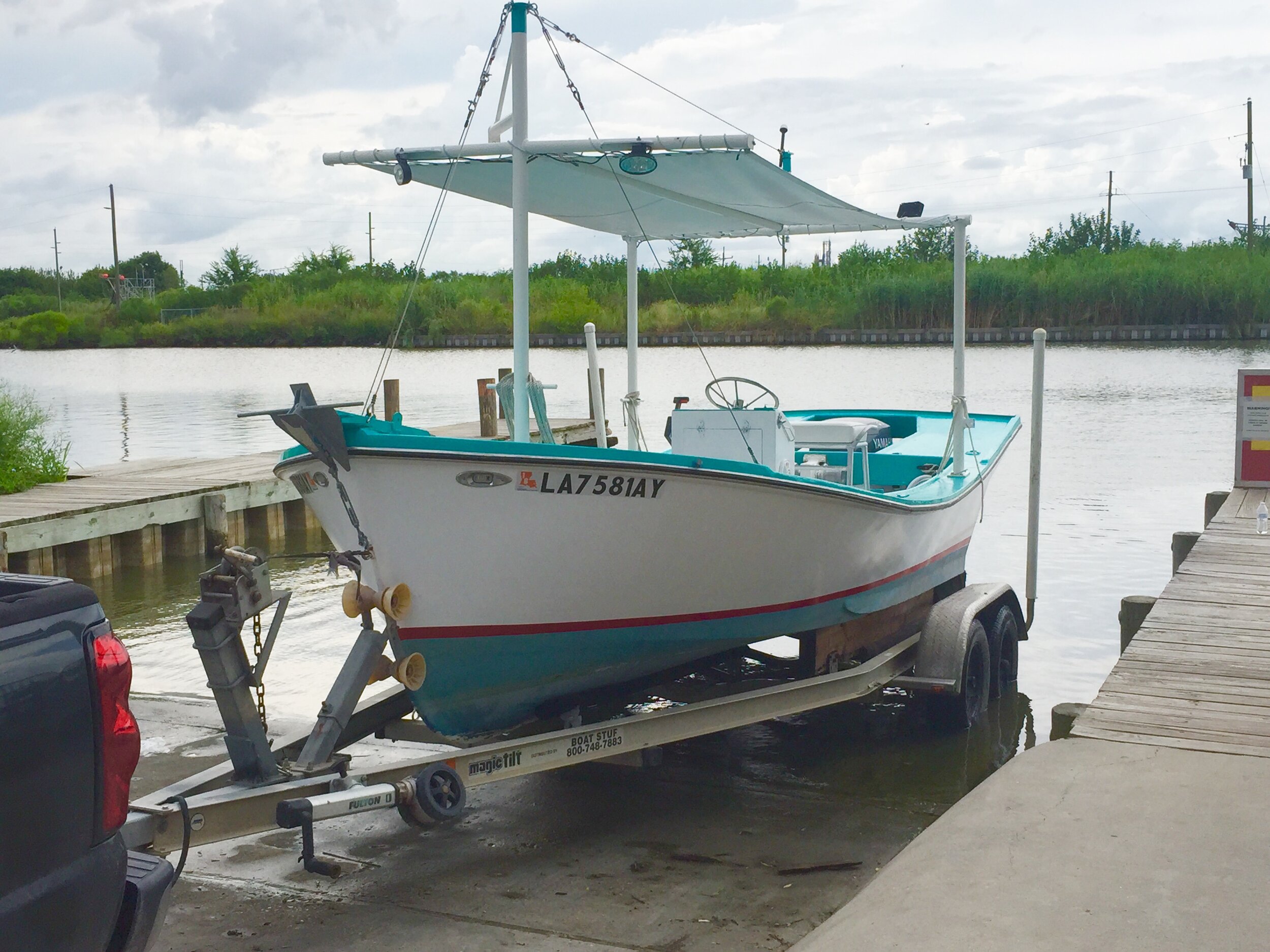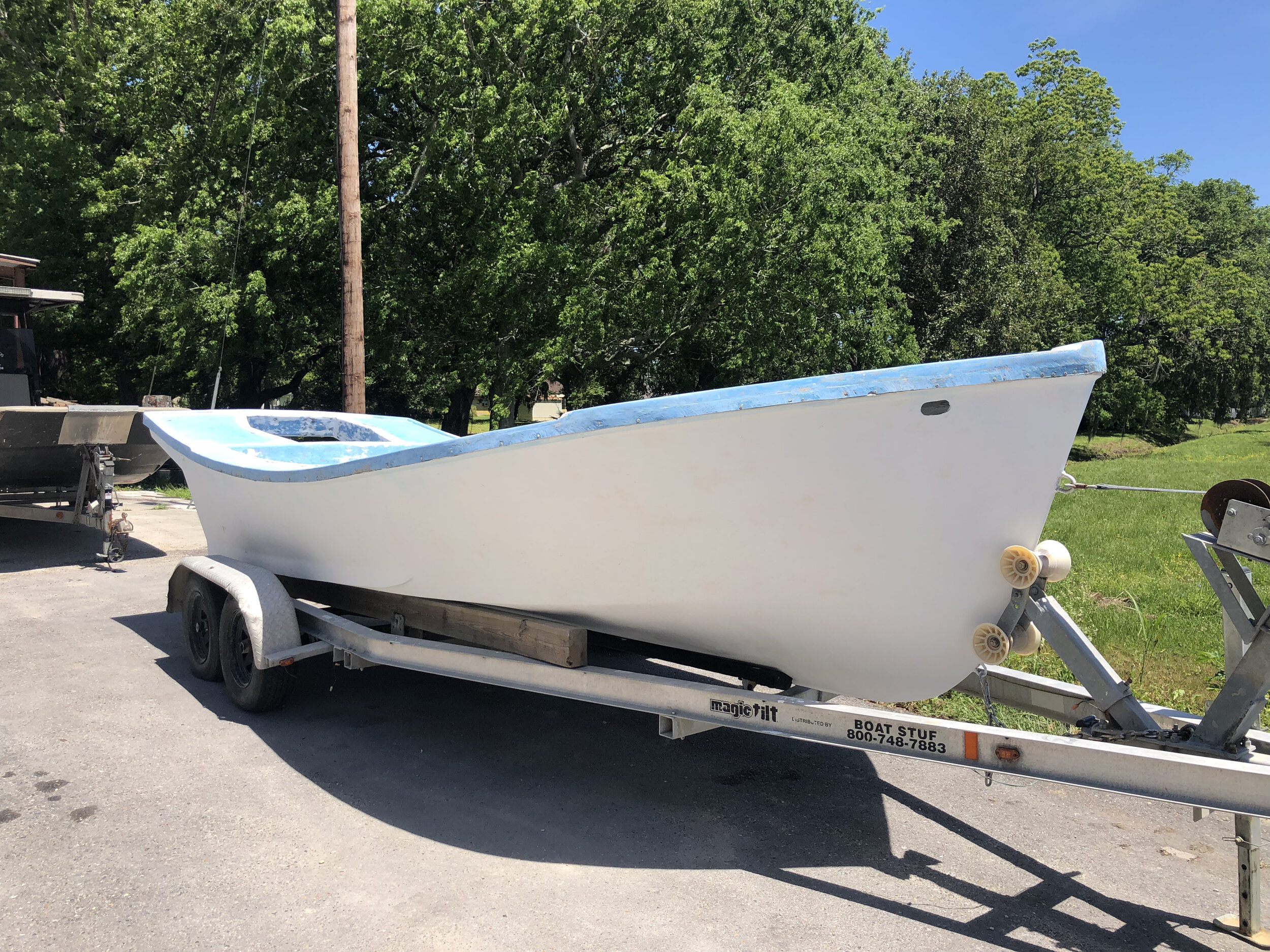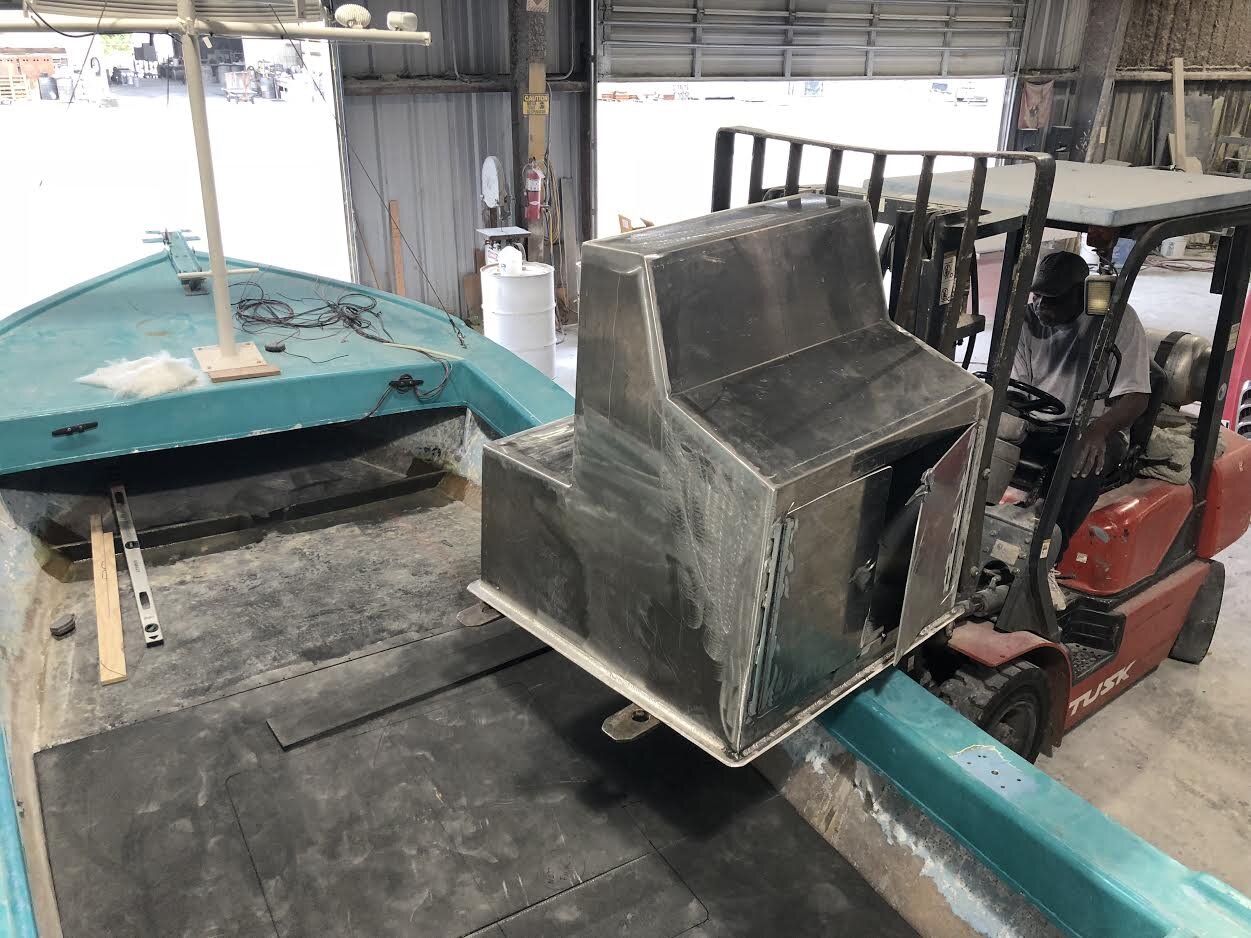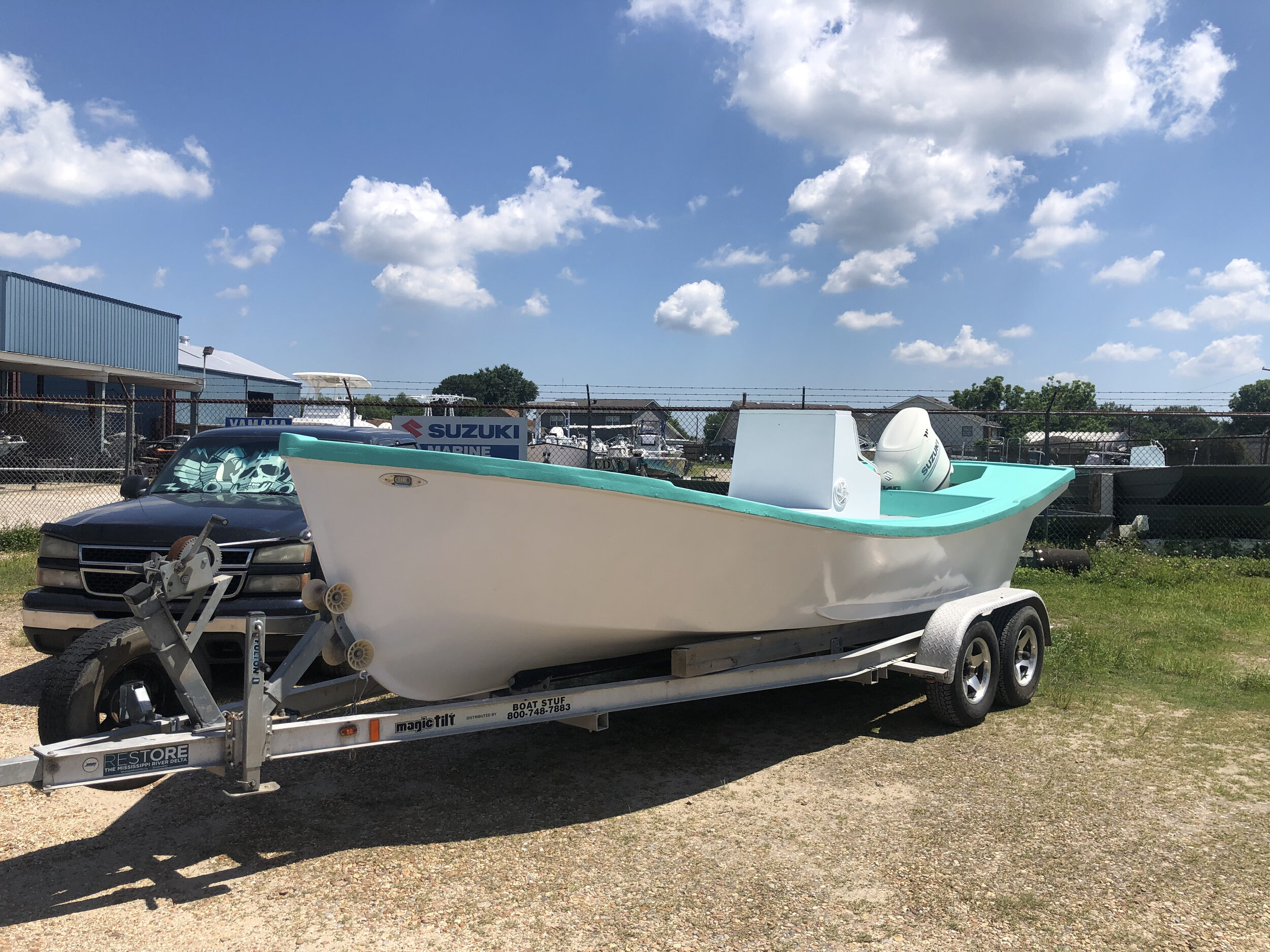Blink planting cypress in 2011
Taking Stock
Christmas Eve 2009, I was standing in the wheelhouse of the offshore crew boat I was running for an oil & gas company. It was raining and cold, my family was out of town and I was done for the night. The lights from the harbor lit up the raindrops. Not a bad time to contemplate one’s fate.
I knew I loved working on the water, but something was missing. What I was doing wasn’t good for my soul. I knew that at the end of my journey on this earth I wanted to leave the place better than I found it. I needed more from life.
Lack of Agency
On duty, I’d travel the Mississippi River from the port in Venice, Louisiana to oil fields in the delta and Gulf of Mexico, sometimes as many as five times a day. I’d bring men and equipment to and from platforms to a central facility at the mouth of Pass a Loutre. I was working a seven day rotation and the far-flung part of the delta. I was spending literally half of my time and life watching the delta fall apart right in front of me. It was all a bit much.
Coastal restoration in Louisiana has went from non-existent twenty years ago to centralized at the state and federal level just after Hurricane Katrina. Planning efforts to restore the coast had always seemed to leave out small towns with little political power, yet a never ending cast of surveyors and scientists would come through. I often thought, “if only these folks would bring a boat load of trees with them every time they come.”
Plaquemines Cypress Salvation Project at Pilottown, Louisiana
Shaking Branches
Sometimes you just have to start. I didn’t have equipment, experience, or help. After a week at the local library I was able to organize a solid project where 1400 trees were planted in a morning. Everyone who I talked to was eager to help. The Crescent River Port Pilots brought us down in their pilot boats, the local 4H chapter came with a great group of volunteers, local land owners, especially Mr. Earl Armstrong and Albertine Kimble, helped to point me in the right direction, the Louisiana State Agriculture and Forestry Department donated some left over trees. Today, some of the trees are thirty feet tall.
Blink with seedlings in his boat, Trenasse
Getting a project like that done was important to feeling any control over what was happening to the coast. Right away, I began working to get more trees in the ground and was able to partner with a local landowner to plant five thousand bald cypress. That project took twenty-eight working days, I even bought a boat to do the job, Trenasse.
In later years, I’d be sure to order three to five thousand trees annually. I’d plant them for folks at their homes inside the levees and plant the rest in the delta wherever I thought they should be. I learned alot about soil salinity, defenses for the young saplings, and what parts of the delta have conditions for successful tree growth. I picked up on how to retain islands and enhance certain parts of the delta. The work kept me in good shape mentally and physically and was a great way to deepen my understanding of how the Mississippi River Delta works.
Cypress ready for pick up in Hammond, Louisiana
Later on during the Governor Jindal years, the State of Louisiana sold off its tree nurseries and equipment. It was growing 40 million pine trees annually for the robust lumber industry in the northern part of the state. Only 300,000 bald cypress were cultivated though. I had to pivot. It was clear to me that we needed to prioritize and scale up wetland restoration. I still believe it.
We over-engineer some projects and we miss opportunities to tap local traditional ecological knowledge and put people to work. Prioritizing green infrastructure needs to be a top goal of state and federal policymakers. We can achieve many goals; habitat restoration, give people an economic footing, knock down storm surge, sink carbon, the list goes on. All this by doing some of the simplest work.
Bald cypress seedling planted near Venice, Louisiana
DIY Forest
While it took lots of labor, and raised my water bills, I started growing my own bald cypress in my backyard. Some trees near Venice, Louisiana were starting to die from salt water intrusion as the protective wetland buffer was lost. I noticed that some trees were able to hang on. Cypress, despite being a tree associated with freshwater swamps, had barnacles growing on them. Theorizing that this seed stock may be more salt water tolerant I began to collect seeds from those trees. I’d pull the flat bottomed mud boat under the trees and toss down as many seeds as possible.
An old man who lived in a cabin outside Venice shared how to cure the seeds and drastically increase the germination rate. Using a plastic coffee container and a spot in the back of his fridge he showed me how to simulate flooded winter conditions. Before long, I had bald cypress coming up like grass in plastic kiddie pools.
Cypress seed collection
Future Growth
I still plant trees from time to time. While I’ve switched to black willow for sheer numbers and speed of growth, cypress, the wood eternal, has a spot in my heart. Sea level rise projections were a big reason for the change too. When I began planting the state was planning for around nine tenths of a foot of sea level rise over fifty years. Now those projections are around three feet for the same time period. Experts say that may be conservative. Willow grow straight from cuttings, I still wanted to plant but knew my initial time investment would need to shift.
Get Involved
If you’re interested in participating in a tree planting, reach out. I still go into the delta to plant thousands annually, mostly with folks looking to protect their community.
The way it feels to see, touch, and climb trees many times my own height planted with my own hands is hard to contextualize. It’s nice to have some agency now.
-Richie






